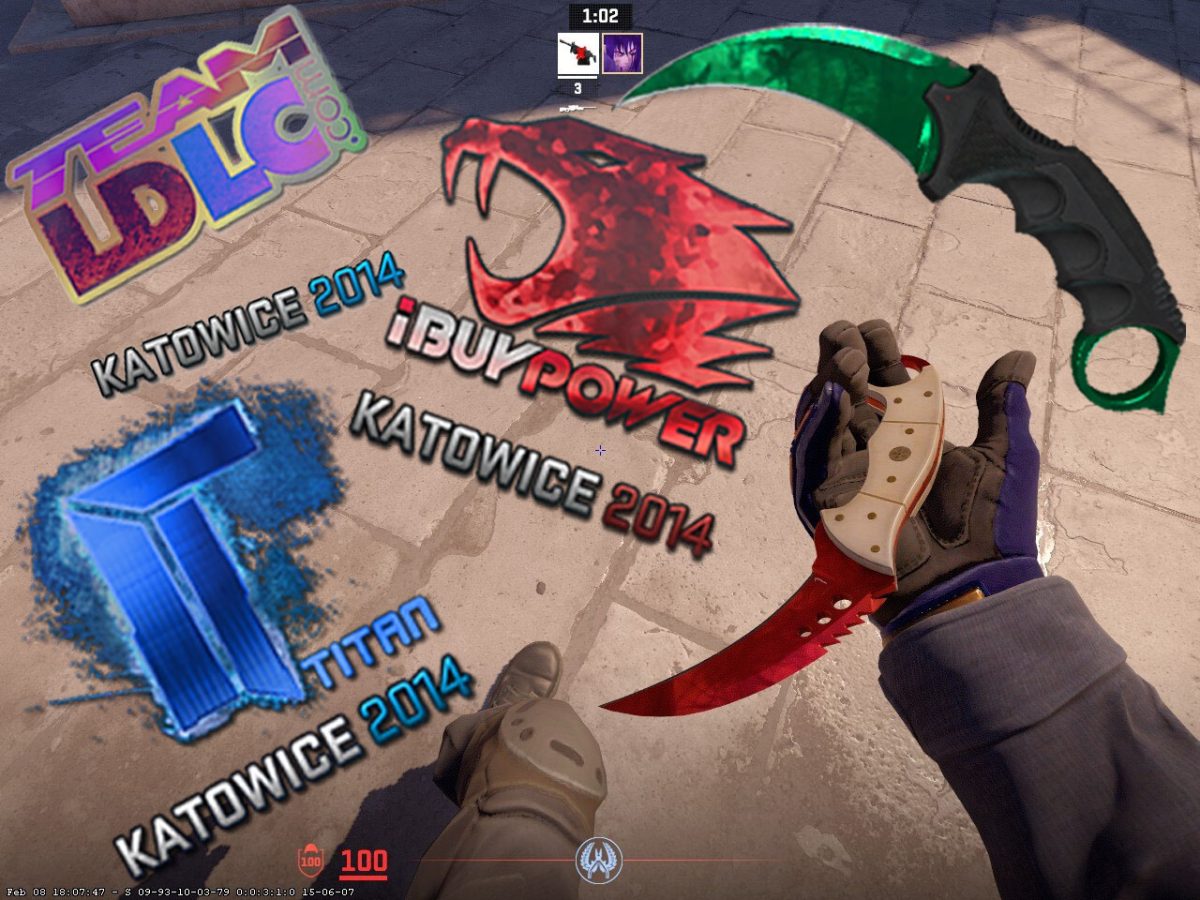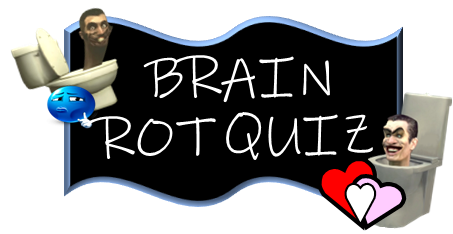Sequels are nothing new to the film industry. Ever since the first sequel over a hundred years ago, sequels have become a norm for movies.
Many beloved movies have received sequels to continue expanding upon fan-favorite characters and universes. However, sequels, as with anything else, have their ups and downs.
In this heated debate, two Boone seniors, Maab Ali and Charlotte Cunningham, will share their opinions on the positives and negatives of sequels in film.
Maab will argue against sequels, while Charlotte will argue in favor of sequels. They will go back and forth over five points before finishing with a closing statement.
Character Development
Maab:
Sequels have the ability to ruin a character’s original appeal. George Lucas’ Star Wars prequel trilogy, has largely been criticized for ruining Darth Vader’s mystique and instead adding unnecessary development.
Some characters, like Darth Vader, work so well because you know nothing about them. It’s hard to think a character is intimidating when you’ve seen what they look like as a pouting little boy.
Charlotte:
Adding depth to characters can help to develop a plotline, and humanize characters. While it may be unliked in this scenario, in other movies it helps to make a character relatable, or can help to evoke a certain feeling in the audience.
“Ralph Breaks the Internet,” the sequel to “Wreck-It Ralph” is a perfect example of this.
Ralph starts off the first movie as this tough guy with some anger issues, and by the end, Vanellope Von Schweetz has softened him up, and they are the best of friends.
In the sequel, Ralph struggles with the complicated ideals of friendship and what it means to be there for someone. As the audience, we can see Ralph break down and pull at strings as he tries to save his relationship with Vanellope, but only makes it worse.
This is his lowest point, but as the film progresses, events and conversations occur that help him to accept and cope with his own feelings and others.
Planned Sequels
Charlotte:
Planned sequels have a special place in the realm of continuation of stories. In franchises like “Star Wars,” while unclear how many sequels were in the original plan, “Episode IV: A New Hope” was never meant to be a standalone movie.
With this in mind, the movies were produced to leave the audience wanting more, whether that’s through unanswered questions, a cliffhanger, or just an extended story.
Thanks to sequels, some extremely high quality and well perceived movies were created like “The Empire Strikes Back,” which is recognized as the best Star Wars movie of them all. “The Force Awakens” is also ranked as the second best “Star Wars” movie according to Rotten Tomatoes.
Maab:
Most sequels are not planned however, and most, like the “Toy Story” franchise were made simply because the movie that was before it made a lot of money and created an audience of fans who’ve proved that they’re willing to spend more money to watch a franchise of this universe/cast.
Ambition
Maab:
Some sequels are too ambitious and over complicate an originally simple movie, for example, “The Amazing Spider-Man 2,” a movie that uses its nearly 2-and-a-half hour runtime to introduce three new antagonists and plots that are poorly connected and riddled with poor plotting that left an audience more confused than sufficiently content with the movie.
Charlotte:
Overly ambitious should not be confused with just a bad movie. “The Godfather 2” is 3-and-a-half hours long, 30 minutes longer than its predecessor, with an added sublot which jumps between the main character’s life, and that of his father many decades prior, and yet that went on to sweep the Oscars and be considered as one of the greatest sequels of all time.
Original Audiences
Maab:
Sequels have the ability to turn off original audiences, like “Joker 2,” with its overambitious plot that left diehard fans of “Joker” confused with its unconventional ending and random musical features.
Charlotte:
That doesn’t necessarily hold true for every single sequel, and highly anticipated original movies can also leave excited fans at a loss. It’s a mixed bag, and a lot more goes into the quality of a movie than whether or not it’s a sequel.
Take the “Scream” franchise for example. The original movie was an immediate hit, and the fandom grew and grew with each release of a new movie, so much so that their sixth sequel grossed almost 5 times the budget.
The storylines stayed cohesive throughout all movies, building upon the last, and carefully introducing new ideas that didn’t strike too far off real societal fears.
Nostalgia
Charlotte:
The original “Frozen” movie came out in 2013, and it became a huge movie to our generation. We were the fans that sparked its popularity, and a reason for the sequel.
When the sequel came out when we were a little older, it felt special to have something connected to our childhood. The nostalgia factor was strong and brought comfort to viewers.
The same could be said for the sequel of “Inside Out.” We were around Riley’s age when the first film was released, and a lot of us could relate to the feelings she experienced.
We grew up as the new storyline was written and the plot centering around anxiety about friendships, fitting in, and figuring out who you are were proven to be extremely relatable to viewers. The film grew with its target audience.
Maab:
Typically, nostalgic movies are producers trying to milk an audience for all they’re worth. “Matrix: Resurrections,” for example, came out a whopping 18 years after the previous movie and wasn’t even able to break even, earning only $154.9 million on a $190 million budget.
Nostalgic movies made 10 or even 20 years after the original, are almost always gimmicky cash grabs that desperate producers turn out to make a quick buck off of fans of a franchise/movie.
Closing Statements
Maab:
Sequels are a great way for studios to bring back favorite characters and settings in an easy way, however it’s important to remember that sometimes movies don’t need a sequel, and forcing a sequel where it isn’t needed can turn off original audiences and ruin favorite characters and media because of it. Sequels are a delicate balancing act to do right otherwise they end up bitter endings of great movies.
Charlotte:
If you aren’t a fan of sequels, don’t watch them!
That’s what’s great about media and visual entertainment. You aren’t required to view anything that isn’t to your liking, and if you don’t enjoy it, you probably aren’t the target audience of the producers.
Through reviews online, or discussion with your peers, it’s easy to tell whether or not you’ll find the movie entertaining. Taking into consideration that something just might not be up your alley is a great option instead of opening straight up to judgment, dislike, or even hate.






